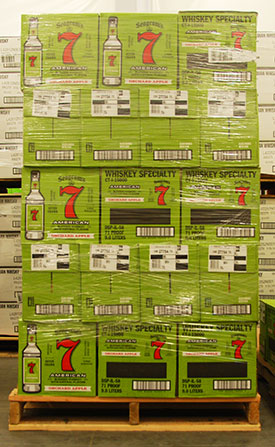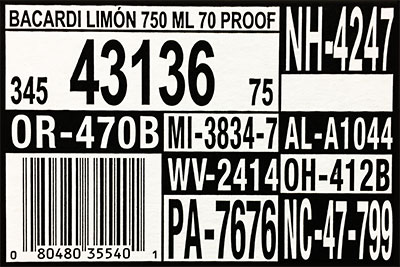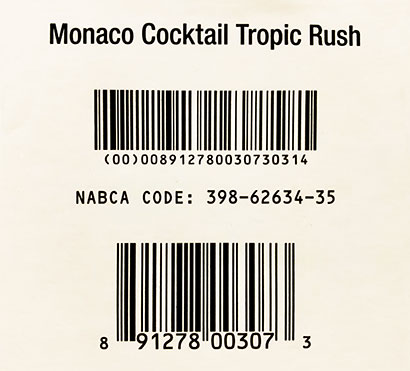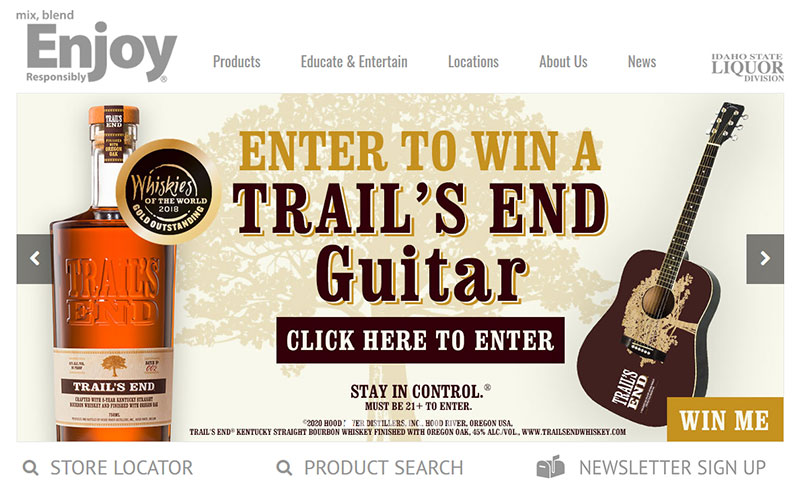Vendor Shipping Guidelines
Pallet Standards

The Idaho State Liquor Division (ISLD) uses the Automated Storage and Retrieval System (ASRS).
The use of this automated equipment requires that every pallet being delivered to ISLD must comply with the following size standards. These standards will be automatically verified on every pallet entering the AS/RS:
- Maximum Pallet Height, including pallet: 72”
- Maximum Pallet Weight: 2,800 lbs
- Maximum Pallet Width: 42”
- Maximum Pallet Length: 48”
All In-bound pallets or slip sheet stored pallets must be stretch wrapped
Products may still arrive on slip sheets. The dimensions of products on slip sheets must comply with the aforementioned standards. Products which arrive on slip sheets will be transferred to standard GMA pallets. The total height when transferred must not exceed 72” and the total width must not exceed 42”. No overhang is allowed.
GMA 40” x 48” pallets are required. GMA pallets must be Grade A or Grade B.
Non-complying pallets:
- At its option ISLD may elect to do any of the following to bring pallet dimensions into compliance:
- 1. Refuse to accept delivery until pallets are repackaged and compliant.
- 2. Require Idaho Sales Representative or Designated Supplier/Broker to take possession of non-compliant pallets until items are repackaged and compliant.
- 3. ISLD may restack or down-size pallets to bring pallets into compliance.
ISLD may restrict retail display activation and future listings of the Supplier’s items for any additional material handling that may be required by ISLD warehouse staff.
Case Code Label Instructions for Spirits
The “case code label” is one of the benefits to the control state coding system.
The following is a label example and explanation of the approved case code.
Example Label:

- Actual size of the case code label is 4” x 6”.
- Case code labels should be on white stock paper with black lettering unless approved otherwise.
* The size of the product must be included. - Product Description
- Control State Code Number
• “320” represents the three-digit prefix to further identify class and type.
• “43136” is the unique CSC number. (Note: All leading zeros should be omitted.)
• “75” represents the two-digit suffix identifying the size.
• The control state code number should be 7/8” to 1” high.
• The prefix and suffix number should be ¼” to ½” high. - Other State Code Numbers
• Pennsylvania and North Carolina code numbers should be 7/8” to 1” high. All other state code numbers should be ½” high. - UPC Symbology
• The UPC Symbology should be located in the lower left hand corner of the case code label. - Location
• The label should be located on an end panel.
All bar codes (UPC, EAN, SCC-14, SSCC-18, and other Als and Data) shall be printed and placed in a vertical bar configuration (picket fence). Placement of bar codes is independent of print technology and Symbology employed.
Case Code Label Instructions for Related Beverage Products
The “case code label” is one of the benefits to the control state coding system.
The following is a label example and explanation of the approved case code.
Example Label:

- Actual size of the case code label is 2” x 3”.
- Case code labels should be on white stock paper with black lettering unless approved otherwise.
* The size of the product must be included. - Product Description
- Control State Code Number
• “398” represents the three-digit prefix to further identify class and type.
• “62634” is the unique CSC number. (Note: All leading zeros should be omitted.)
• “35” represents the two-digit suffix identifying the size. - UPC Symbology
• A scannable UPC Symbol must be included on the case code label. - Location
• The label should be located on an end panel.
All bar codes (UPC, EAN, SCC-14, SSCC-18, and other Als and Data) shall be printed and placed in a vertical bar configuration (picket fence). Placement of bar codes is independent of print technology and Symbology employed.

